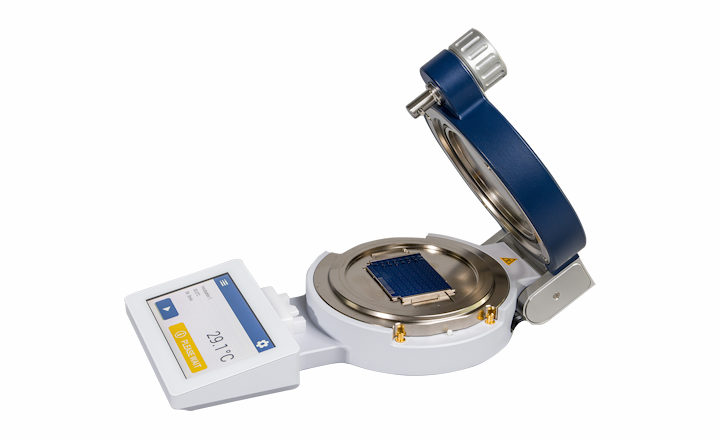When investigating instances of microbial contamination, and tracing their origin, it is useful to identify whether isolates of the same species are in fact the same strain. This is especially valuable for very common environmental isolates. If several different strains are present in a manufacturing facility, investigation results may be misleading or inconclusive if strain typing has not been undertaken.
At NCIMB we offer a multi locus sequence typing (MLST) service to undertake strain to strain comparison. While 16S rDNA sequencing can be used for basic strain comparison when the full 16S gene is sequenced, it does not always distinguish between closely related strains. MLST is a highly reproducible technique that involves sequencing internal fragments of (typically) seven essential genes. Different strains of the same species show enough variation within each of these genes to create a vast number of distinct allelic profiles that can be used to unambiguously characterise strains.
A good example of this technique working well is when we were recently asked to compare several different isolates of Staphylococcus epidermis from a manufacturing facility. Following MLST analysis, it was clear which of the isolates were the same strain, and this information could be used in the investigation to identify the source.
MLST results are usually available within a week to ten working days of receiving samples.
Contact enquiries@ncimb.com for more information or visit our website to find out more:
























